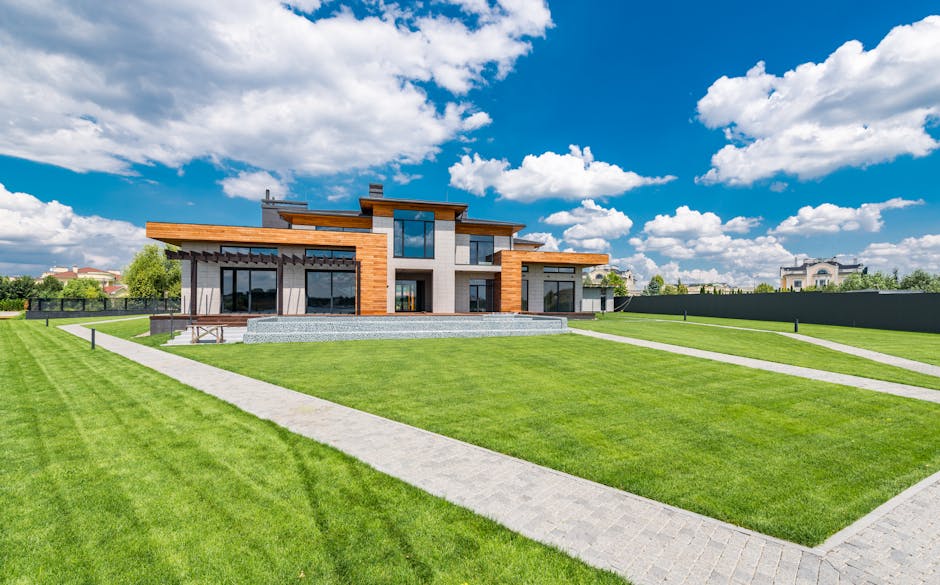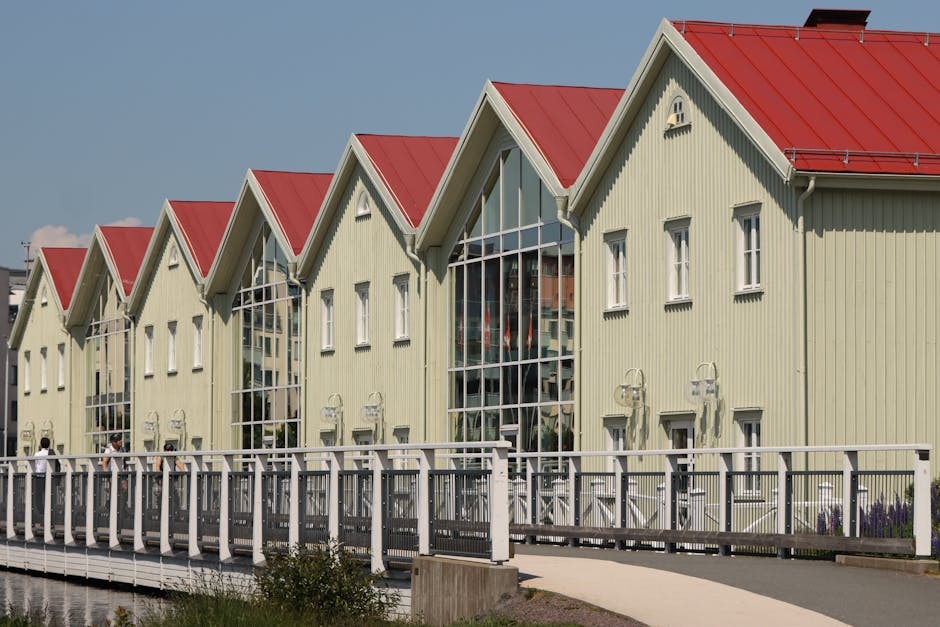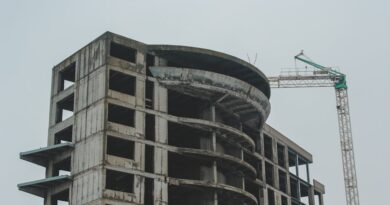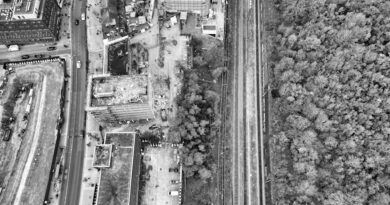Common Mistakes in Real Estate Photography
Real estate photography plays a crucial role in attracting potential buyers and showcasing properties in their best light. However, like any other form of photography, there are common mistakes that can detract from the overall quality of the images and negatively impact the selling potential of a property. In this article, we will delve into some of the most prevalent mistakes in real estate photography, exploring the reasons behind them and providing tips on how to avoid them.
The Importance of Quality Real Estate Photography

Before we dive into the common mistakes, let’s first understand why quality real estate photography is so essential. In today’s digital age, the majority of home buyers begin their search online, browsing through listings and photos before deciding which properties to visit in person. High-quality images can make a significant difference in attracting potential buyers and setting a property apart from the competition.
Professional real estate photography can help capture the unique features of a property, showcase its best angles, and create an emotional connection with potential buyers. It can also convey the size, layout, and overall feel of a space, allowing viewers to envision themselves living in the home.
Now that we’ve established the importance of quality real estate photography, let’s explore some of the common mistakes that photographers make when capturing properties.
1. Poor Lighting

One of the most common mistakes in real estate photography is inadequate lighting. Proper lighting is crucial for capturing clear, sharp, and visually appealing images of a property. Natural light is often the best option for real estate photography, as it can create a warm and inviting atmosphere.
Photographers should avoid harsh shadows, overexposed or underexposed areas, and uneven lighting. Using a combination of natural and artificial lighting, such as flash or LED lights, can help achieve a well-balanced and evenly lit photograph.
2. Cluttered Spaces

Another common mistake in real estate photography is not properly staging or decluttering a space before taking photos. Cluttered rooms can make a property appear smaller and less appealing to potential buyers. It’s essential to remove personal items, excess furniture, and clutter from the frame to create a clean and spacious look.
Professional staging can help highlight the key features of a property and showcase its full potential. Simple touches like fresh flowers, throw pillows, and strategically placed decor can enhance the overall appeal of a space and make it more inviting to viewers.
3. Incorrect Composition

Composition is a fundamental aspect of photography, and getting it right is essential for capturing compelling real estate images. Common composition mistakes include off-center framing, crooked horizons, and distracting elements in the background.
Photographers should pay attention to the rule of thirds, leading lines, and symmetry when composing their shots. It’s essential to capture the key features of a property, such as architectural details, views, and focal points, in a visually appealing way.
4. Using Low-Quality Equipment
Investing in high-quality camera equipment is essential for producing professional-looking real estate photos. Using a smartphone or a low-quality camera can result in blurry, pixelated, or low-resolution images that fail to showcase the true beauty of a property.
Photographers should use a DSLR or mirrorless camera with a wide-angle lens to capture the full scope of a room and showcase its size and layout. Tripods, remote shutter releases, and editing software can also help enhance the quality of the final images.
5. Overediting Images
While editing is an essential part of the photography process, overediting can detract from the authenticity and appeal of real estate photos. Common editing mistakes include oversaturation, excessive sharpening, and unrealistic color correction.
Photographers should strive to maintain a natural and true-to-life look in their images. Light retouching, exposure adjustments, and minor color corrections can help enhance the overall quality of a photo without making it appear artificial or heavily edited.
6. Neglecting Exterior Shots
When photographing a property, it’s essential to capture both the interior and exterior to provide potential buyers with a comprehensive view of the home. Neglecting exterior shots is a common mistake that can limit the overall appeal of a property.
Exterior shots can showcase the curb appeal, landscaping, and architectural features of a home, setting the stage for the interior photos to follow. It’s essential to capture the property from different angles, highlight unique selling points, and showcase outdoor amenities like a backyard, patio, or pool.
7. Lack of Attention to Detail
Finally, one of the most common mistakes in real estate photography is a lack of attention to detail. Small details like crooked blinds, smudged mirrors, and cluttered countertops can detract from the overall quality of an image and create a negative impression on potential buyers.
Photographers should pay attention to the details when capturing a property, ensuring that everything is clean, tidy, and in its proper place. Simple touches like straightening pillows, opening curtains, and hiding cords can make a significant difference in the final outcome of a photo.
Conclusion
To wrap things up, quality real estate photography is instrumental in attracting potential buyers and showcasing properties in the best possible light. By avoiding common mistakes such as poor lighting, cluttered spaces, incorrect composition, low-quality equipment, overediting, neglecting exterior shots, and lacking attention to detail, photographers can create visually appealing images that capture the essence of a property and engage viewers.
Remember, investing time and effort into capturing high-quality real estate photos can make a significant difference in the selling potential of a property and leave a lasting impression on potential buyers. By following the tips outlined in this article and paying attention to the details, photographers can elevate their real estate photography skills and produce stunning images that resonate with viewers.




